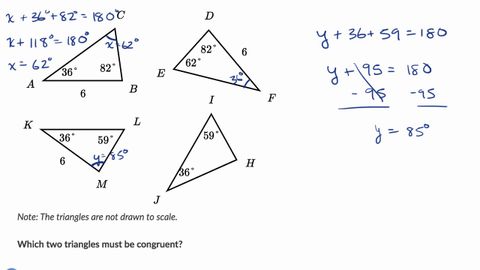
字幕と単語
動画の中の単語
scale
US /skel/
・
UK /skeɪl/
- n. (c./u.)大きさや格など;うろこ;はかり;音階;規模
- v.t./i.(縮尺比に従って)拡大する : 縮小する;登る;魚のうろこを取る
A2 初級TOEIC
もっと見る measure
US /ˈmɛʒɚ/
・
UK /ˈmeʒə(r)/
- n. (c./u.)手段 : 方策;計量器;単位;程度;小節
- v.t.評定する : 見積もる;測る;対策を講じる
A1 初級TOEIC
もっと見る bit
US /bɪt/
・
UK /bɪt/
- n.馬銜(はみ);少し : 部分;ビット;錐;小銭;ちょっとしたこと
- v.i.魚が餌に食らいつく
- adv.少し
- v.t.噛んだ
- idiom全く~ない;自分の役割を果たす
A1 初級
もっと見る エネルギーを使用
すべての単語を解除
発音・解説・フィルター機能を解除
